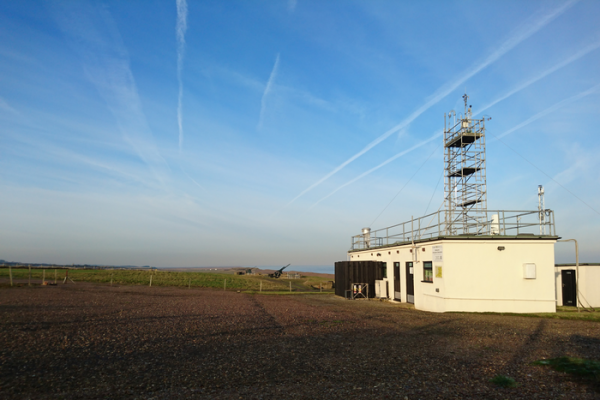A team of scientists led by the University of East Anglia (UEA) has made a major breakthrough in detecting changes in fossil fuel carbon dioxide emissions more quickly and frequently.
In a study published today they quantified regional fossil fuel CO2 emissions reductions during the Covid-19 lockdowns of 2020-2021, using atmospheric measurements of CO2 and oxygen (O2) from the Weybourne Atmospheric Observatory, on the north Norfolk coast in the UK.
The estimate uses a new method for separating CO2 signals from land plants and fossil fuels in the atmosphere.
Previously it has not been possible to quantify changes in regional-scale fossil fuel CO2 emissions with high accuracy and in near real-time.
Existing atmospheric-based methods have largely been unsuccessful at separating fossil fuel CO2 from large natural CO2 variability, so that estimates of changes, such as those occurring in response to the lockdowns, must rely on indirect data sources, which can take months or years to compile.
Read more at: University of East Anglia
Weybourne Atmospheric Observatory, Norfolk, UK. (Photo Credit: Grant Foster)


